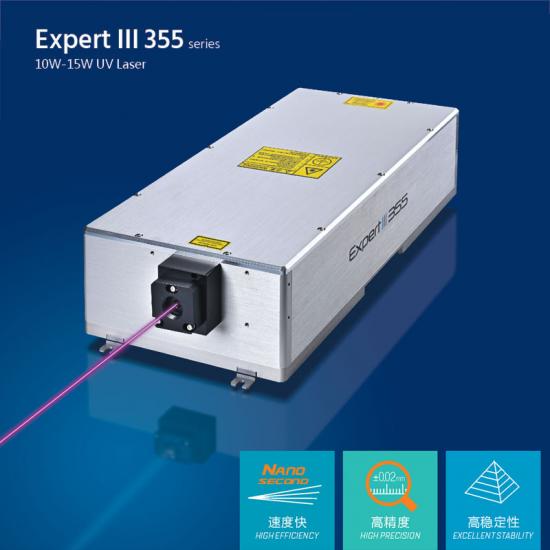Laser processing on glass
Apr 08 , 2022Laser processing on glass
Marking and Laser Engraving on Glass
Glass is a complex material to be processed due to its characteristics of fragility and poor heat transfer. Over the years these challenges have been faced and solved using specific laser technologies, suitable for this difficult task.
The processes carried out with lasers on glass range from exclusively aesthetic and decorative applications, such as the creation of ornamental motifs on glass and mirrors or 3D marking inside the material, up to functional uses ranging from marking linked to product traceability in the pharmaceutical and food world, or cutting, drilling, and engraving (patterning) in areas such as consumer electronics, LCDs, medical devices, telecommunications. A further widespread application is the removal of tracks on coatings deposited on glass that concern the automotive, solar, medical, civil construction and sensors world.
The sources typically used for glass are UV sources (wavelength 355nm, 266nm), green (532nm), CO2 (10600nm and 9300nm). In recent years, these have been joined by ultra-short pulse lasers (picosecond, femtosecond), to tackle the most demanding processes with respect to the miniaturization of the expected result.

uv laser | green laser | Ultraviolet lasers | uv dpss laser | nanosecond laser | UV laser source | Solid State Lasers
1) Glass decoration
These applications are widespread in the graphic arts and are based on the fact that
any glass surface reacts to the laser with an effect of “opacification” of the material that the engraver leaves on the surface. Usually the laser source par excellence used for these applications is CO2, which is a good compromise between its cost and the results that can be obtained. Even UV sources can be used to create finer and more precise details.
Laser processing is more than 80% faster than sandblasting and with much simpler and faster set-up times. Through the use of a 3-axis galvo laser head, it is also possible to vary the working focus of the laser within materials, thus being able to have a 3D effect inside a glass object.
Some examples of workable objects are: Perfume flasks, bottles, glasses, jugs, tableware, frames, mirrors, showcases, displays, gadgets, various decorations.
Traceability
Traceability in critical sectors such as pharmaceuticals or food is essential for controlling the production chain and after-sales.
The laser is commonly used for its characteristics of flexibility, speed and indelibility as a tool for marking codes, serial numbers and bar codes (QRcode, datamatrix or barcode), on bottles, vials or flasks.
Usually a CO2 laser source is used which is a good compromise between process speed and marking quality.
The laser marking system also eliminates the need to use consumable inks with the relative machine stops for related maintenance.
fiale3) Industial Processing
Drilling
Glass drilling is an open challenge, as the side effect of the bevel of the hole typical of laser drilling is more critical in this type of material. The working temperature can create cracks and micro-fractures on the leading edge of the beam which, in the long run, can cause structural problems.
In addition to this, there is the problem of peeling of the exit surface (chipping) which occurs when the beam manages to break through the material but brings with it part of the surface of the output edges.
Some methods to avoid these adverse phenomena are to work the hole at minimum energy (to reduce the thermal effect), to use additional surfaces under the material to give more structural rigidity at the outlet, or to design the piece with an abundance of thick material and then add a second lapping process to eliminate the effects of chipping.
The sources used for this purpose are CO2, UV or ultra-short pulse lasers (Picosecond and Femtosecond).
Some glass drilling applications can be found: in the drilling of vials and bottles in the pharmaceutical sector, in the production of microchip masks for the electronic sector and in the production of medical devices for the management of microfluids.
Microforatura Vetro
Cutting
Cutting also carries with it many of the side effects described in glass drilling.
To perform linear or circular cuts, CO2 sources are often used with beamformers and with systems for controlling the thermal effects on the surface. For example, nozzles with micro-jets of liquid are used to cool the surface after the passage of the Laser and therefore to reduce the effect of subsequent micro-fractures and to make the crack contained and homogeneous.
Laser cutting applications on glass are diverse, from scientific glass to the cutting and shaping of the ends of optical fibers, from applications in electronics and sensors to medical devices.
Laser engraving of glass is a widespread operation and an alternative to chemical etching methods that are more expensive in terms of management and less accurate in terms of results. The operation is often used in the decorative field or in the processing of substrat